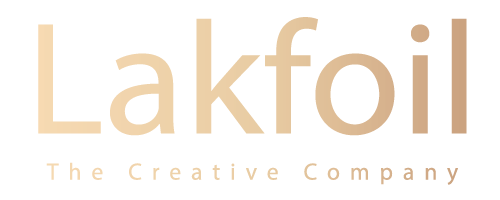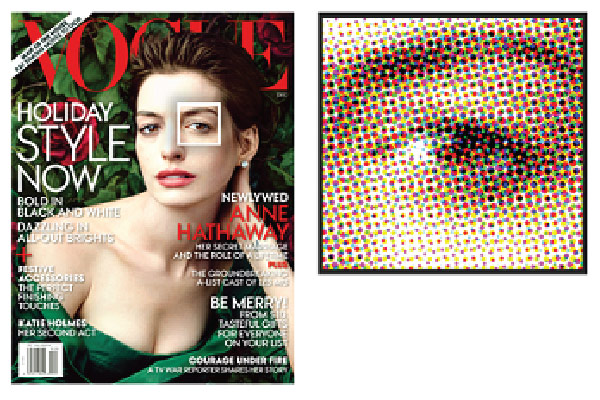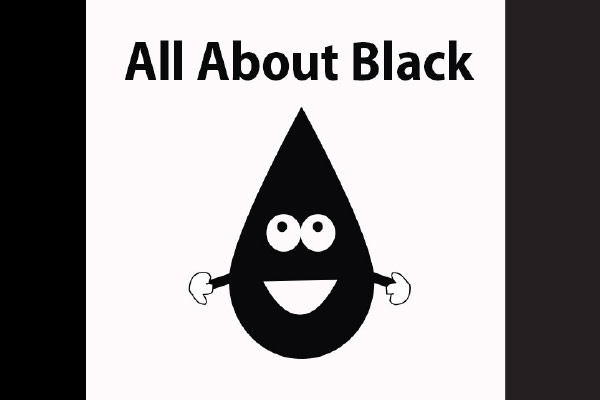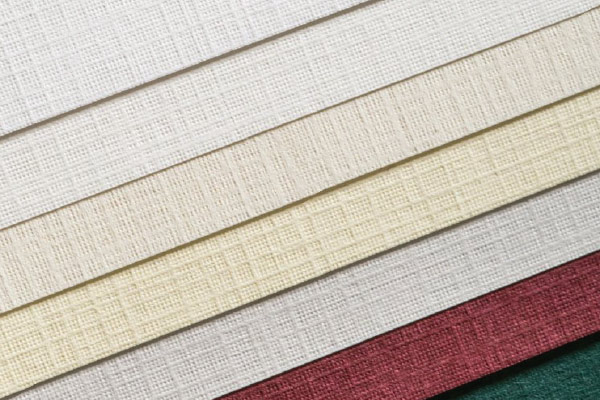
[4] Paper Grain & Smoothness
December 17, 2021
[2] One of These Blacks is Not Like the Other
December 19, 2021
If you’d like any/all of your image(s) to run completely to the edges of your final printed piece, you’ll have to include what’s referred to as bleed on all edges of your documents. The bleed area is simply excess image that won’t end up in your final piece, but will run on press and will later be trimmed off. Because paper is likely to shift slightly while running through the press, leaving excess image area is crucial.
To avoid this problem, always ask your vendor how much bleed they prefer to be included and make sure to design your documents to spec from onset, knowing the excess portion of your piece will eventually be cut off. Typically, bleed area only needs to be somewhere between 1/8″ to 1/4″.
Trim Marks
Trim marks are simply small lines placed outside of your image so that the printer knows where to cut once everything is printed. Even if you don’t place these on your documents yourself, simply telling your vendor the finished size of your piece(s) will help them to know where to cut.
Registration Marks and Color Bars
Registration marks and color bars both sit outside of the trim area of your document and are used as guides for the press operator. During printing, several things need to be kept in check, and registration marks and color bars help to do so. Registration marks are sets of crosshairs, typically placed on all four edges of the sheet your document will print on, used by the press operator in order to ensure they’re lining up each plate of color for your job correctly. Color bars are a set of squares, each containing a different density of cyan, magenta, yellow, and black, indicating an increase in dot gain (the increase in size of the halftone dots that make up an image), and ink density, and are used to control contrast.
While many programs have settings that allow you to create registration marks and color bars for your document, it’s unlikely that your vendor will use them as-is. One of the primary jobs of a prepress operator is to take your original file and set it up multiple times on a sheet, fitting as many as possible on the size of paper your job will run on, in an effort to be as cost efficient as possible. Once they’ve done so, they then add registration marks and color bars, as well as trim marks, to that sheet. It’s likely that any registration marks or color bars you’ve placed on your document will be removed and recreated by your prepress operator before going to print.
Trapping
While only older presses or some less experienced press operators might need you to include what’s referred to as “trapping” with your documents, it’s still smart to ask your vendor whether or not they require it. It might also be beneficial for you to know why it’s necessary in some cases.

Trapping draws from the same theory as overprinting, where one color lays over another to ensure no gaps are created between colors in the event that anything shifts on press. By including trap, done by slightly increasing the size of one color so that it lays over another color, you account for any of these problems on press. This way, if the paper shifts or stretches, or registration isn’t hitting exactly where it should be, there won’t be a noticeable gap in between your colors. If your printer does require trapping, be sure to ask which settings they generally prefer and how to include it in your files, depending on which program you’re using.



